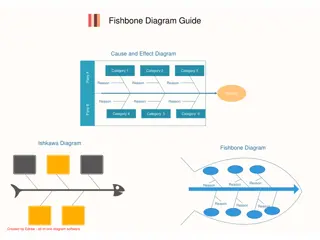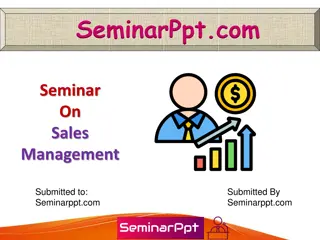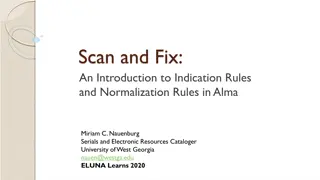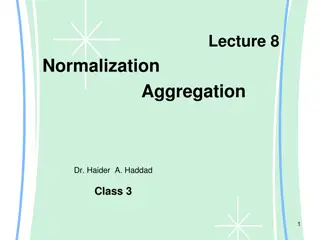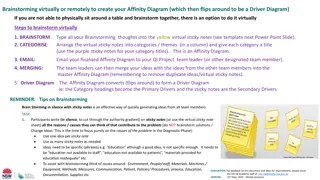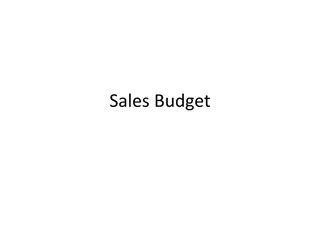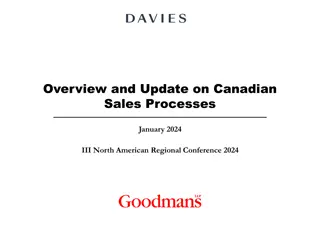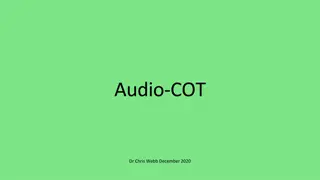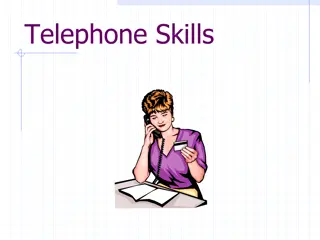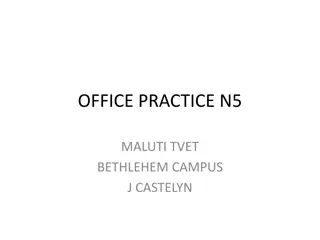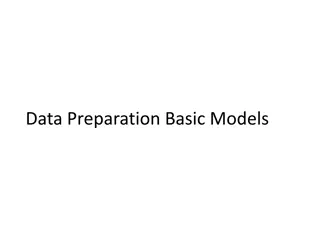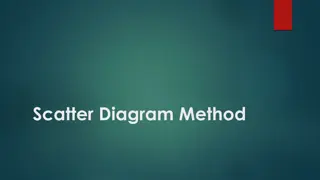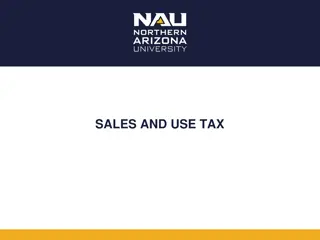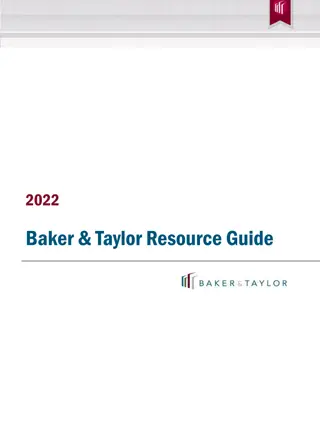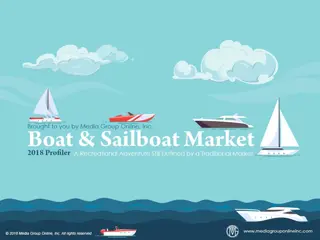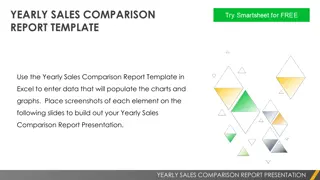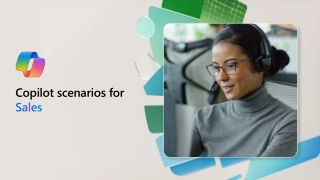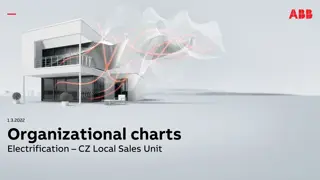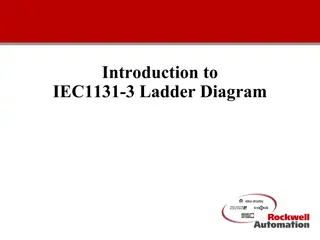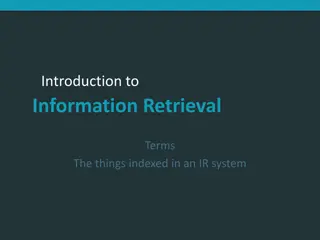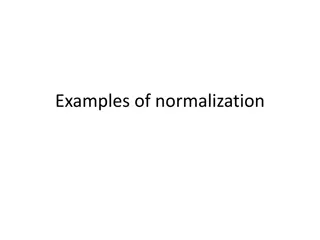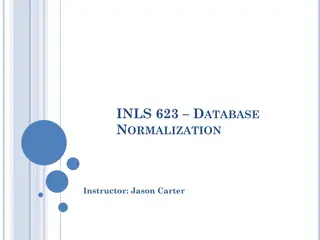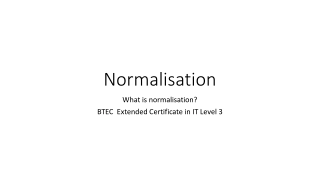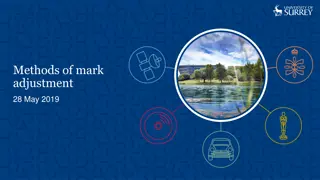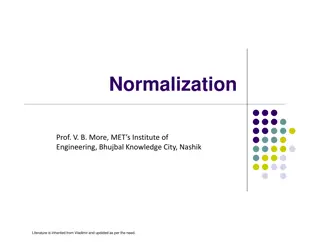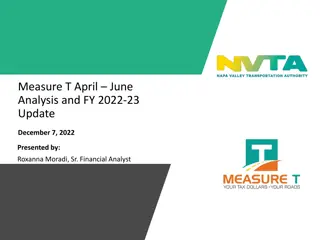E-R Diagram and Normalization Analysis for Online Telephone Sales System
This content provides detailed information on the creation of an information system for tracking orders in an online telephone sales company. It includes system requirements, entity identification, attribute listing, relationship identification, and normalization analysis for second and third normal forms. The emphasis is on designing an E-R diagram and preparing for the physical design phase. Diagrams and descriptions aid in understanding the structural components of the system.
Download Presentation

Please find below an Image/Link to download the presentation.
The content on the website is provided AS IS for your information and personal use only. It may not be sold, licensed, or shared on other websites without obtaining consent from the author. Download presentation by click this link. If you encounter any issues during the download, it is possible that the publisher has removed the file from their server.
E N D
Presentation Transcript
EASTERN MEDITERRANEAN UNIVERSITY DEPARTMENT OF INDUSTRIAL ENGINEERING INFORMATION SYSTEMS AND TECHNOLOGY IENG 372 / MANE 372 Tutorial 2 Fall 2021-2022
Case Study A company that sells telephones online wants to create an information system to track orders. The following system requirement were collected during SDLC phase2: They can purchase different products from the same supplier, but they don t buy the same product from different suppliers. - They have ONE supplier in each country. - Some products may be produced in many countries, and a given country may produce many products. - customers may buy different products at one time, and any product can be purchased by many customers. - They record accounting related data for each product in the accounting table once. - And the orders table contains the history of the orders. -
Questions : 1- Create An E-R diagram for this information system. A. Identifyting Entitites B. Attributes C. Identifying Relationships D. Drawing the ERD 2- Which entities are in 2NF, which ones are in 3NF (normal form) ? 3- Draw the ERD that you will use un physical design phase. (20 minutes) (represent the relationships to be done in Ms Access)
Answers A- Identifyting Entitites ENTITIES Selected ENTITIES - Draft Product - Storage ( capacity , stock) - Order Supplier - Supplier Customer - Customer Country - Product Order - Country Accounting - Accounting
B- Identifying Attributes DRAFT Products (Product Id, Features, Colors,price) Supplier( Supplier ID, Name, phone, address) Country ( Number, Name,Zip code) Order (Order number, Place, Customer Id, Price, Products,date,Payment,shippement) Accounting ( Product Id, benefit, Sold items,stock) Customer(customer Id, Name,telephone, address) Products (Product Id, Features, Colors,price) Supplier( Supplier ID, Name, phone, address) Country ( Number, Name,Zip code) Order (Order number, Customer Id, Products,date,Payment,shippement) Accounting ( Product Id, benefit, Sold items,stock) Customer(customer Id, Name,telephone, address)
C-Identifying Relationships Supplier-Product : one-to-many/ Optionality: one-to-one They can purchase different products from the same supplier, but they don t buy the same product from different suppliers. They have ONE supplier in each country. Some products may be produced in many countries, and a given country may produce many products. customers may buy different products at one time, and any product can be purchased by many customers. They record accounting related data for each product in the accounting table once. And the orders table contains the history of the orders. - Supplier-Country: One-to-one / one-to-one Product-Country: Many-to-Many/Zero-to-one Customer-Product: Many-to-Many/Zero-to-Zero - - Accounting-Product: One-to-one/ one-to-one Order-Product: Many-to-many/zero-to-one - Customer-order: One-to-many/one-to-zero - -
Final Sets of relationships after normalization and merging Products (Product Id, Features, Colors,price,Supplier ID, Account NB) Supplier( Supplier ID, Name, phone, address, Country Name) Country ( Number, Country Name,Zip code) Order (Order number, Customer Id, Products,date,Payment,shippement) Accounting ( Account NB,Product Id, benefit, Sold items,stock) Customer(customer Id, Name,telephone, address) Order Item (customer Id, Product Id, Order number) Order Line (Product Id, Order number, Ordered Quantity) Production Cite (Product Id, Country Name, Produced in)





